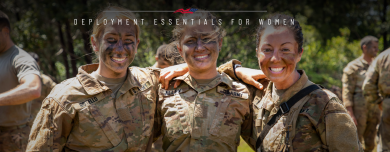
On April 18, 1942, the United States launched a dangerous surprise attack on mainland Japan known as the Doolittle Raid. In this article, we’ll explain why the United States conducted this raid, the courageous troops that were involved, and the advanced training that was necessary for this risky mission.
Build Up of the Doolittle Raid
In December of 1941, the Japanese bombed the Hawaiian Naval Station Pearl Harbor and left the people of the United States hurt and yearning for vengeance. Unfortunately, getting an airplane close enough for an attack seemed like an impossible task. All American planes were either too big to take off from an aircraft carrier or too small to carry enough fuel necessary to complete the mission. It was then suggested to use the new B-25 Mitchell bombers that were designed with two engines to fly long distances.
Training Involved
The leader of this mission had to be confident, courageous, and somewhat of a daredevil, which is why General James Harold Doolittle was selected. Doolittle was from California and became the first person to fly from one side of the United States to the other in less than 24 hours. General Henry Arnold chose Doolittle for this mission because he believed Doolittle was “absolutely fearless.” Once selected, Doolittle got his volunteers for this mission from the Army Air Corps’ 17th Bombardment Group and warned them that this mission would be very dangerous.
These men were sworn to secrecy and taken to a confidential training location off the coast of Florida, where they learned how to take off from much shorter distances than usually practiced by B-25 Mitchell bombers.
The Attack
The U.S.S. Hornet set sail for Japan with sixteen B-25 Mitchell bombers and 80 American Troops — where they waited in anticipation for the extremely risky raid. On April 18 — about two weeks into sailing — a Japanese vessel was detected nearby and was quickly sunk — unfortunately after it had the chance to warn Japan of their existence. This forced the bombers to hastily take off — 250 miles further from Japan than initially planned.
Despite the unfavorable circumstances, all planes had a successful liftoff, nearly all hit their target, and not a single plane was shot down from the Japanese. However, after the raid, all bombers were running low on fuel and were no longer able to reach their landing destination. One plane landed in Russia, while the rest either bailed out or crashed in China. All B-25 Mitchell bombers were destroyed, three men lost their lives, and eight more were captured by the Japanese — where they received severe mistreatment.
Last Words
We honor the brave troops that gave their lives to protect our freedom and acknowledge the outstanding leadership and planning involved in this dangerous mission. We are eternally thankful for their service and endlessly proud of their courage.






